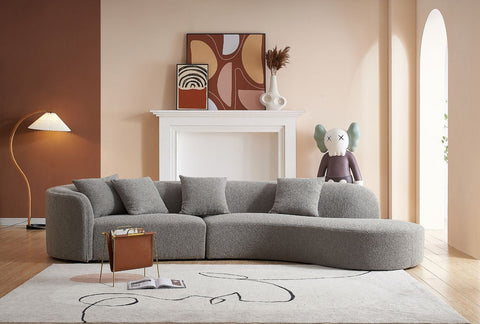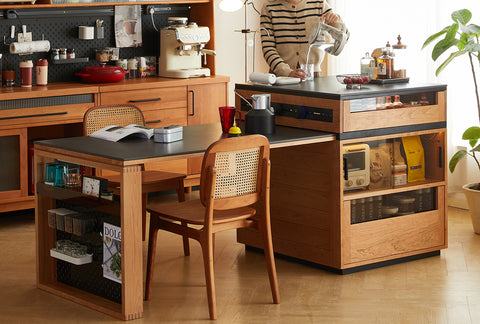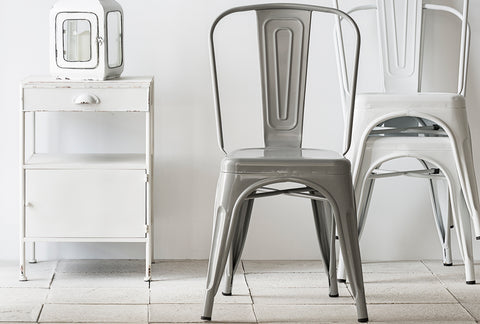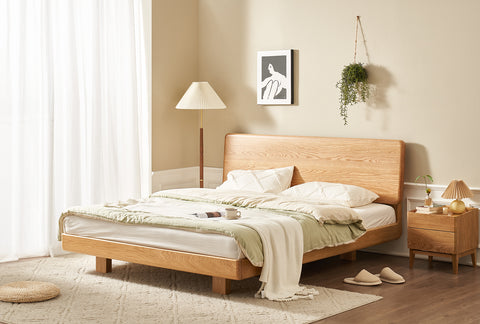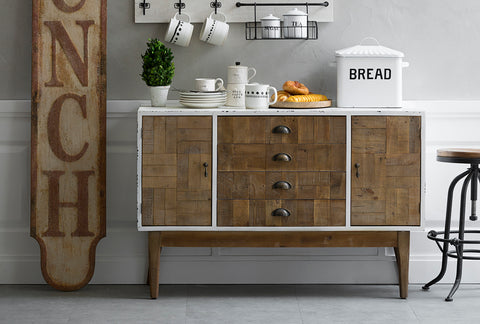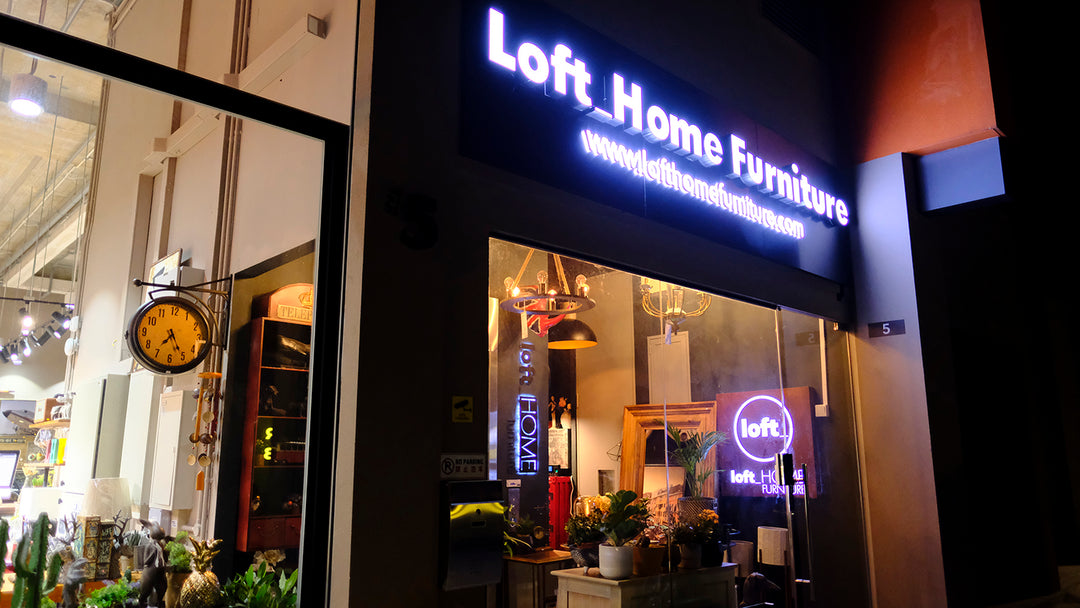Is Vintage Style Yay or Nay for your home design choice?
Vintage style has seen a resurgence in popularity as homeowners seek to evoke the charm and elegance of bygone eras. Specifically, the vintage aesthetic often draws inspiration from the 1940s to the 1950s, incorporating a blend of sub-styles such as Art Deco, French country, and even Victorian influences. This eclectic mix allows for a rich tapestry of design elements that create a unique and nostalgic atmosphere in any home.
One of the primary appeals of vintage style is its ability to evoke a sense of nostalgia and romantic, old-fashioned charm. The period from the 1940s to the 1950s is remembered for its elegance and grace, and vintage design captures this essence beautifully. This era was marked by a return to traditional values and aesthetics following the upheaval of the war years, and this is reflected in the home decor that emphasized comfort, warmth, and a touch of glamour.
A key feature of vintage style is the use of luxury upholstered fabrics in rich color tones. These fabrics, often adorned with floral and geometric prints, play a crucial role in defining the vintage look. Upholstery is not just about comfort but also about making a style statement. Deep, plush textures and vibrant colors like emerald green, ruby red, and royal blue add a sense of opulence and sophistication to furniture pieces. This attention to luxury and detail is a hallmark of vintage design, ensuring that each piece feels special and curated.
In addition to textiles, the use of warm-colored natural materials is a defining characteristic of vintage interiors. Natural wood, whether polished to a high shine or left in its more rustic state, forms the backbone of many vintage pieces. This use of natural materials extends to detailing and embellishments, such as carved handles and ornate trim. These elements not only add to the visual appeal but also enhance the tactile experience, making vintage furniture as pleasing to touch as it is to look at.
The charm of vintage design is also found in the furniture itself, often handed down through generations or artificially aged to replicate the look of antique pieces. These items, made from natural wood and upholstered in luxurious fabrics, often feature intricate details such as carved handles and decorative accents. The craftsmanship of these pieces speaks to a time when furniture was made to last, with each item telling its own story.
Incorporating vintage style into your home can be a delightful journey through history. It allows you to blend different elements and periods to create a space that is uniquely yours. By mixing Art Deco glamour with the rustic charm of French country pieces and the ornate details of Victorian designs, you can achieve a layered, time-worn look that feels both elegant and inviting.
However, the decision to embrace vintage style is not without its considerations. It requires a careful balance to avoid the space feeling outdated or cluttered. The key is to integrate vintage elements thoughtfully, ensuring that they complement rather than overwhelm your home’s overall aesthetic. For those who appreciate the romance and nostalgia of the past, vintage style offers a rich and rewarding design choice.
In conclusion, vintage style can indeed be a "yay" for your home design choice if you are drawn to the nostalgic charm and elegant detailing of the 1940s and 50s. By thoughtfully incorporating luxury fabrics, natural materials, and well-crafted furniture, you can create a space that is both timeless and uniquely personal. So, whether you are a seasoned collector of antiques or simply someone who appreciates the beauty of the past, vintage style offers endless possibilities for creating a home that tells a story.

